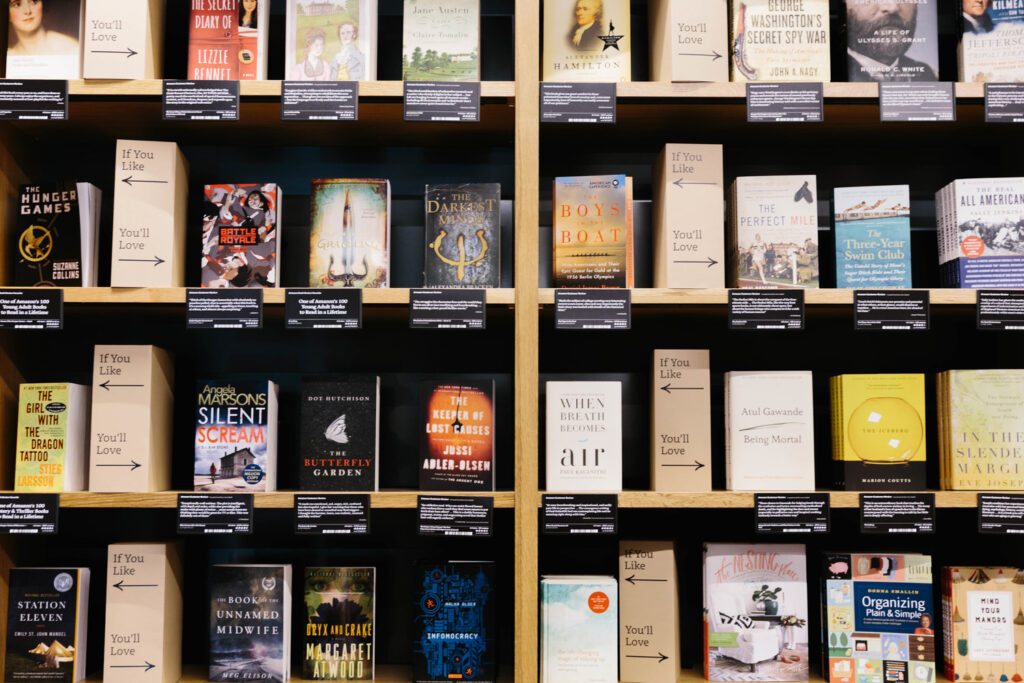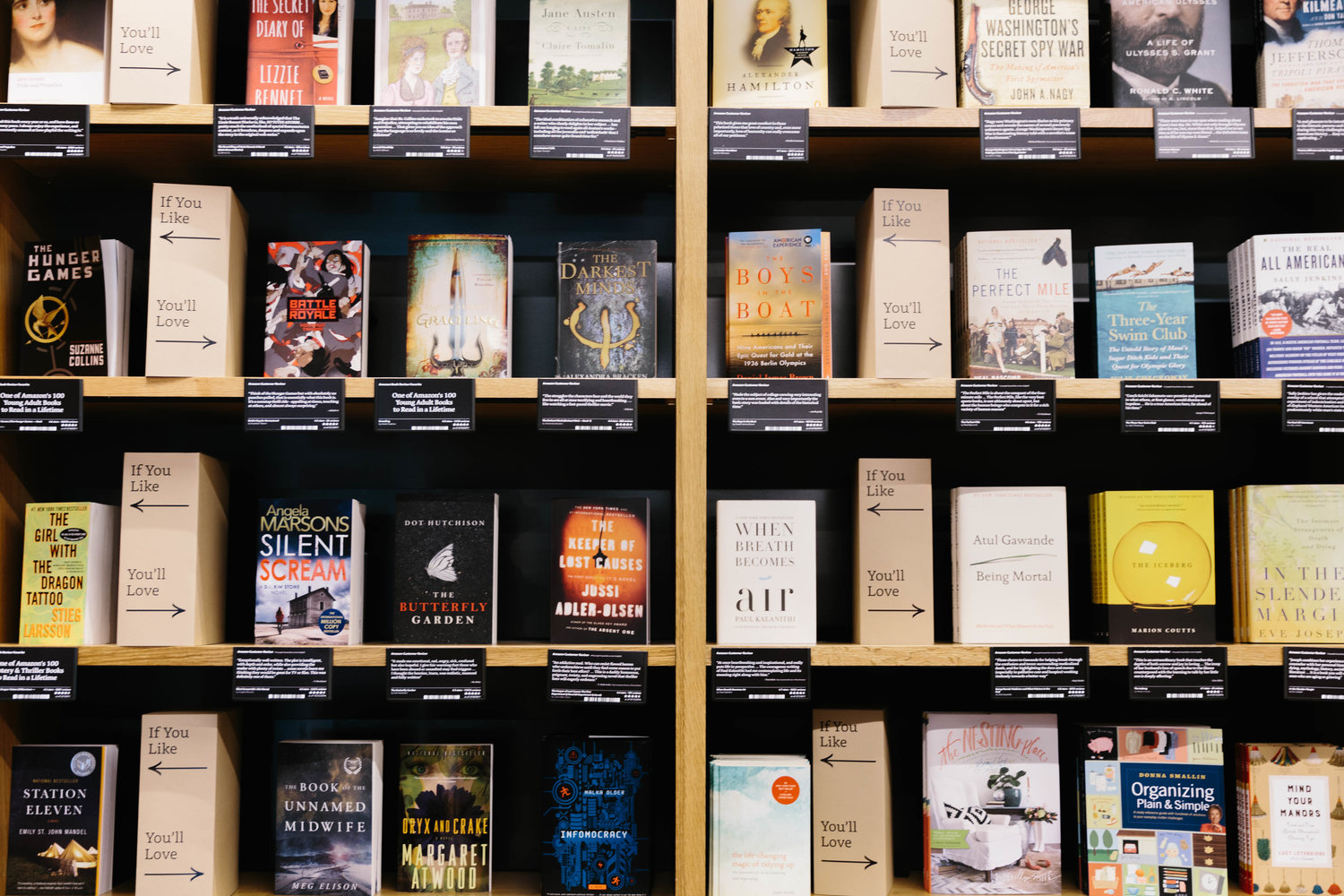
Book Stacks Unlimited launched in 1992, three years before Jeff Bezos launched Amazon.com. Selling new books, Book Stacks began as a dial-up bulletin board located in Cleveland. It moved to the Internet as Books.com in 1994.
At age 25, ecommerce is adulting. Like rising stars climbing corporate ladders, brands today confront a relentless workload, steep learning curve, and the exacting standards that consumers expect and competitors embody. How is it that the pace of reinvention is accelerating, and the bar for success is rising so fast?
Consumers are always on, digitally connected and push-notified. As shoppers, we want live and predictive updates telling us what to expect. We want to know the moment something has changed. We want better service, faster shipping, and earlier notice. The consumerization of data and technology mean we are as data-driven in our personal lives as we are at work.
Our expectations are informed by the best of the best at-scale platforms like Amazon and Alibaba, blitzscaling startups like Shopify and Flexe, and disruptive brands like Everlane and Indochino.
So how do brands better compete and meet shoppers’ expectations in this information arms race?
The answer lies in the deconstruction of the post-conversion customer experience, and rethinking D2C data and workflows. Predictive commerce plays a crucial role in meeting these expectations by leveraging real-time data to anticipate customer needs and preferences, allowing brands to deliver personalized experiences and stay ahead of the competition.
Brands must (re)instrument for a new approach built on real-time decision making enabled by instantaneous data collection and processing:
- Customers are the sum of their affinities, actions, solicitations, responses, purchases, consumption, touch-points, and devices
- Orders are the culmination of related events and event states — from pre-conversion clicks to doorstep delivery
- Inventory is the intersection of demand and supply for a specific geocode — informed by sourcing demand signals, lead times, holding costs, shelf-life, and depreciation
- Fulfillment is the dynamic routing of orders through a network of virtual and physical inventory nodes, both owned and outsourced
- Shipping carriers, classes and routings are determined just-in-time and predictively, subject to change based on real-time market and order-state developments
Consider this:
- TOMS uses pop-up D2C warehouses to stock and fulfill orders generated through nearby pop-up retail stores. Pop-up store locations are determined last minute based on pre-holiday demand signals, leaving little time to organize a warehouse strategy in support of store sales. Leveraging temporary space through warehouse network provider Flexe, TOMS created hubs across the U.S. to service its pop-up stores. Network analysis optimizes fulfillment locations based on the lowest transportation costs.
- Amazon ships packages to residential delivery regions in advance of actual customer orders. The specific products and shipping destinations are predicted by Amazon’s algorithms before consumers shop. “Anticipatory shipping” means lower delivery cost and time once the actual customer order is received. Predictions evolve based on live purchase data aggregated site wide. Amazon has filed a provisional patent for this capability.
- Taylor Stitch designs, markets and sells its products before manufacturing the goods. The brand has turned sourcing on its head, building a demand-driven workflow for responsive manufacturing — launching design-stage product detail pages to measure demand through customer surveys and crowdfunding campaigns. Only those SKUs that generate sufficient consumer response and cash receipts make it to the factory production line. Personalized notifications and limited product runs reinforce the customer’s sense of exclusivity.
These capabilities are not easy to stand up — or to execute ongoing. Yet they are real-world examples of disruptive companies changing shopper expectations and behavior. They speak to the opportunities for emerging and established brands looking to create distinct customer experiences and competitive advantage. Predictive Commerce.
Amazon.com Announces Yesterday Free Shipping — Watch the original 2012 video here:

